Medical expert of the article
New publications
Preparations
Painkillers
Last reviewed: 23.04.2024

All iLive content is medically reviewed or fact checked to ensure as much factual accuracy as possible.
We have strict sourcing guidelines and only link to reputable media sites, academic research institutions and, whenever possible, medically peer reviewed studies. Note that the numbers in parentheses ([1], [2], etc.) are clickable links to these studies.
If you feel that any of our content is inaccurate, out-of-date, or otherwise questionable, please select it and press Ctrl + Enter.
Indications of the anesthetic candles
Suppositories are indicated for use as an anesthetic in such cases: with postoperative or post-traumatic pains, rheumatic or gynecological pathologies. In addition, with gout, migraine attacks, as well as other diseases that cause severe pain.
 [7]
[7]
Release form
Ketonal is a non-hormonal non-narcotic drug, belongs to the group of non-steroidal anti-inflammatory drugs, which has anti-inflammatory, analgesic and antipyretic properties. It is used to eliminate moderate or severe pain, which can have a different nature.
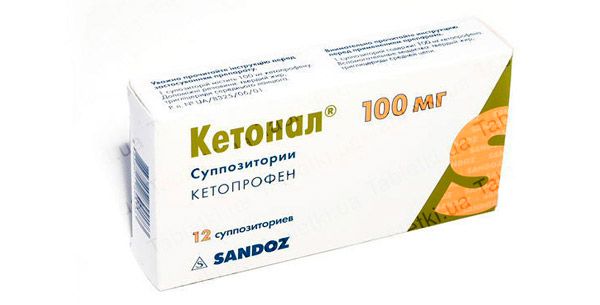
Relief is a medicine that complexly affects the rectal mucosa located next to the anal opening. The drug has the form of suppositories, which help to eliminate problems such as anal itching, cracks, hemorrhoids, as well as eczema. The drug has a hemostatic, analgesic and wound healing effect. Among other things, it can be used as a means of preventing constipation.
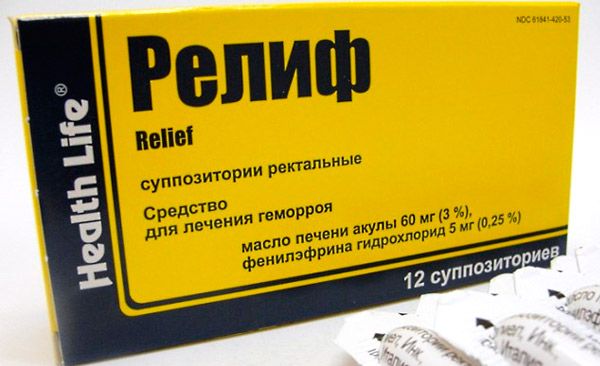
Diclofenac has analgesic and anti-inflammatory properties. The medicinal form of the drug allows it to deliver active components faster to the affected area (without passing through the gastrointestinal tract), thereby reducing the risk of an adverse reaction several times. LS is often used to treat gynecological pathologies - to get rid of chronic or acute pain in the small pelvis, to reduce the force of spasms, and to remove inflammation.
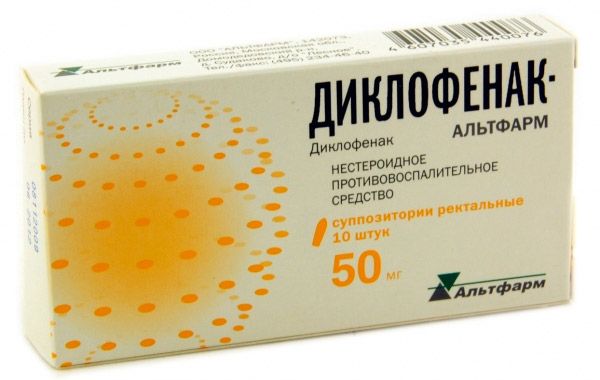
Suppositories Flexkin based on ketoprofen have analgesic, anti-inflammatory, as well as antipyretic and antiaggregatory properties.
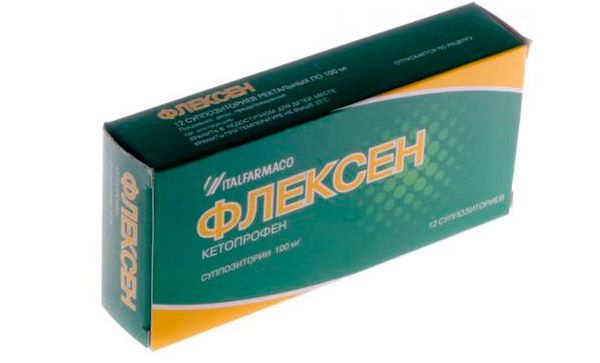
 [8]
[8]
Anesthetizing analgesic suppository
Anestezin is a synthetic drug, which is included in the category of anesthetics. Suppositories with Anestezine are used in complex treatment for hemorrhoids and other rectum diseases. An active ingredient of Anestezin is benzocaine (a local anesthetic, whose properties also have an antipruritic effect) - it is used to reduce the surface sensitivity of tissues.
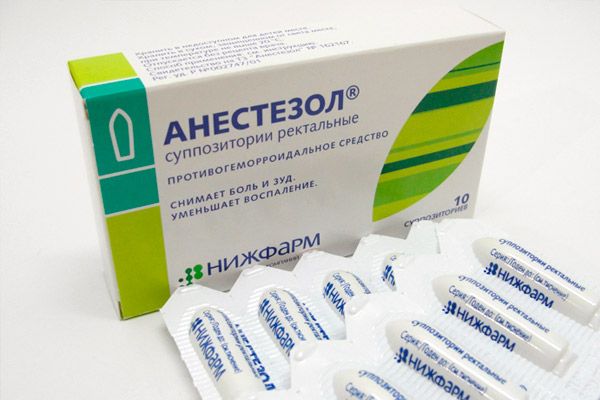

Analgesic rectal suppositories
The advantage of analgesic rectal suppositories is that their therapeutic components are quickly absorbed into the blood, as they do not need to pass through the liver and GI tract. The rectal administration method also allows to relieve the digestive system from the drug load, as a result of which suppositories are much less likely to cause nausea and other adverse reactions (compared to drugs that are administered orally to the body).
 [9]
[9]
Anesthetic suppository for children
The most popular analgesic suppository for children is Movalis, since this drug rarely causes side reactions. In addition, small children often prescribe ibuprofen suppositories. Effectively, and the drug Cefekon (it can be used already from 3 months of age).
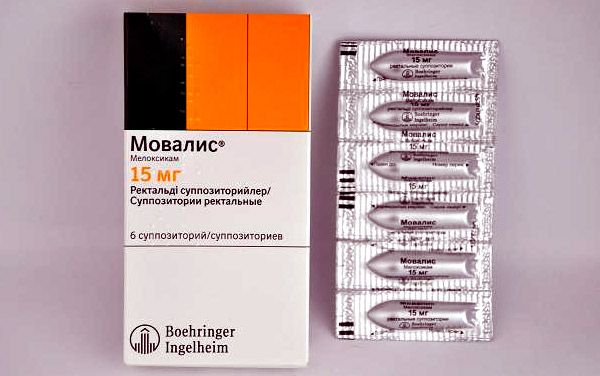

Anesthetic suppository for radiculitis, pain in lower back and joints
To ease pain in the lumbar region, rectal suppositories are often used - they often act as an alternative to analgesic patches. In addition, suppositories are used to eliminate radiculitis - they act as effectively as analgesics. Most often for the treatment of pain in the joints and lower back using such suppositories: papaverine, indomethacin, ketanol, voltaren, etc.
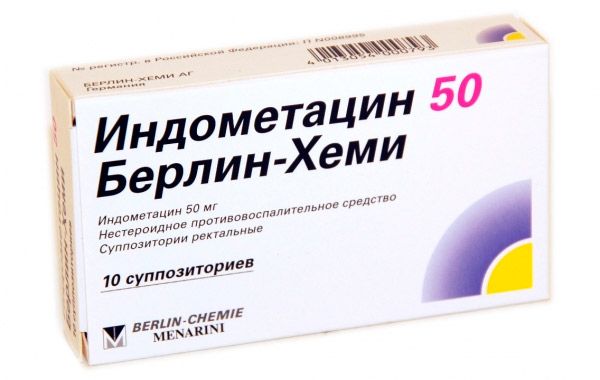
Suppositories NSAIDs can act not only as an anesthetic, they are able to prevent the development of inflammatory processes, and also have a muscle relaxant effect on the back muscles and damaged areas of the spine. All these properties allow the use of such suppositories for the treatment of various inflammatory diseases of the musculoskeletal system.
Anesthetic suppository for cystitis
The use of analgesic suppositories in cystitis has several advantages:
- The active component quickly enough, bypassing the liver, gets into the blood, so that the pain sensations recede after 30 minutes after the injection of the candle;
- There is no risk of appearance of adverse reactions of the body due to disruption of the digestive system;
- In suppositories, in comparison with the tablet form of drugs, there are fewer additional elements.
Selecting a suppository to eliminate pain in cystitis should initially pay attention to drugs that are made from papaverine, which has an analgesic effect, and the belladonna extract, Voltaren, Indomethacin, and Diclofenac Sodium are also used.
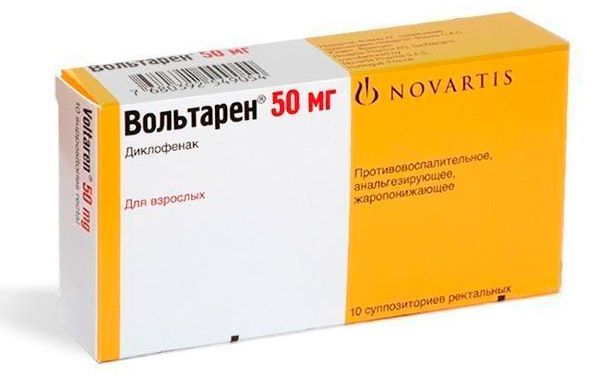

Anesthetic suppository for prostatitis
To relieve and relieve pain with acute or chronic prostatitis, suppositories containing promedol or panotopon are used.
In addition, indomethacin is also used - it is an NSAID, which has the following properties: relieves pain, reduces fever, acts as an anti-inflammatory and antiaggregant agent. That is why it is often used in the treatment of prostatitis.
Anesthetic suppository for osteochondrosis
Among anesthetizing suppositories for osteochondrosis, the following drugs are effective:
- Drugs from the Diclofenac category (such as Diclac, Diclouran, Voltaren, as well as Orthofen and Diklobene);
- category of Ibuprofen (Gurofen or Dolgit);
- Indomethacin group;
- Ketoprofenovye drugs (Ketonal and Fleksen, as well as Fastum);
- Nimesulids (Nimesin or Naiz).
Properties of analgesic suppositories are examined using the example of Flexen and Diclofenac preparations.
 [12],
[12],
Pharmacodynamics
Flexene is an NSAID, a propionic acid derivative. Among its properties - antipyretic, analgesic, anti-inflammatory effect. On the body, this drug acts by suppressing the activity of COX (this is the main element of the metabolism of eicosatetraenoic acid, which acts as the precursor of prostaglandins (PG), which are the main causative factors in the development of fever and inflammation, as well as pain). The pronounced analgesic effect of ketoprofen appears through two mechanisms of action: peripheral (it is an indirect pathway in which the synthesis of PG occurs) and central (in which the synthesis of PG in the CNS and PNS is slowing down, in addition the drug affects the bioactivity of other neurotropic substances , which participate in the release of pain mediators located in the spinal cord). Along with this, ketoprofen has anti-bradykinin properties, it normalizes the work of lysosomal membranes, and also significantly slows the activity of neutrophilic granulocytes in patients with rheumatoid arthritis. Another of its properties - prevents the connection of platelets.
Pharmacokinetics
The index of maximum saturation in the blood plasma reaches 30-40 minutes after the administration of Diclofenac. There are no changes in the pharmacokinetics after repeated use of the drug. With plasma proteins binds more than 99% (mainly with albumins). Passes into the synovial fluid, the maximum saturation in which reaches 2-4 hours later than in the plasma. The half-life of the active ingredient from the synovial fluid is 3-6 hours (the saturation of the active component in the synovial fluid after 4-6 hours will exceed the corresponding value in the plasma, and will remain that for another 12 hours). The metabolic process is due to multiple or one-time conjugation, as well as hydroxylation with glucuronate. In the metabolism also involved a system of elements P450 CYP2C9. Decay products have weaker pharmacological activity than diclofenac.
The systemic cleansing factor is 350 ml / min, the distribution volume is 550 ml / kg. The half-life of blood plasma is 2 hours. 65% of the drug is excreted through the kidneys under the guise of degradation products; Less than 1% is unchanged, the remnants of the drug are excreted with bile.
Dosing and administration
Suppositories must be injected into the anus after the act of defecation. In case the patient can not empty the intestines independently, he needs to drink a laxative or make an enema. After emptying, it is necessary to rinse the skin in the perineum and the area near the anal opening with soap and warm water, and then insert the suppository into the anus.
To the introduction of drugs was the most convenient, you need to stand on your elbows and knees, or squat, and then use your index finger to insert the suppository inside. The medicine must be pushed until the finger is halfway into the anus.
Use of the anesthetic candles during pregnancy
Most analgesic suppositories can not be used during pregnancy and lactation - such as Relief Ultra, Diclofenac, etc. Also, it is strictly forbidden to use Ketonal on the 3rd trimester, since suppositories may cause complications during childbirth or fetal retention. But on the 1st and 2nd trimesters in exceptional situations (if the future benefit for the mother exceeds possible harm for the baby), the use of these candles may be allowed.
Contraindications
Among the contraindications to the use of anesthetic candles:
- Allergy to various components of drugs;
- Diabetes mellitus in severe form;
- Tuberculosis;
- Increased sodium in the blood;
- Presence in a history of rhinitis, urticaria or asthma, which developed as a result of the use of aspirin or other drugs from the category of NSAIDs (Diclofenac, Ibuprofen or Nimesulid, etc.);
- Ulcer of duodenum or stomach during exacerbation;
- Inflammation of the intestine during the exacerbation stage (such as granulomatous enteritis, ulcerative colitis, etc.);
- Hemophilia or some other problems with the coagulability of the blood;
- Hepatic or renal failure in severe form;
- Progressing kidney pathologies;
- Decompensation stage of heart failure;
- CABG less than 2 months. Back;
- Bleeding in any area (cerebral, gastrointestinal, uterine, etc.) or suspicion of them;
- Chronic digestive disorders (belching, diarrhea, swelling, constipation, etc.);
- Children under 15 years;
- During lactation.
Interactions with other drugs
Since ketoprofen binds to plasma proteins, when combined with it, it is required to reduce the dosage of sulfur-containing drugs, diphenylhydantoin, and anticoagulants.
The combination with diclofenac increases the saturation in the blood of digoxin with lithium, quinolone derivatives, indirect anticoagulants, as well as oral antidiabetic drugs (can cause hyper- or hypoglycemia). In addition, the toxicity of cyclosporine and methotrexate is increased, side effects of GCS (bleeding in the gastrointestinal tract) may develop. In combination with potassium-sparing diuretics, diclofenac increases the risk of hyperkalemia, and at the same time lowers the effectiveness of this drug. If you combine diclofenac with aspirin, its saturation in plasma (diclofenac) is reduced.
Storage conditions
Anesthetic suppository should be kept in a dry place out of the reach of children. The temperature should not exceed 25 ° C.
 [31]
[31]
Shelf life
Anesthetic suppository is allowed to be used for 2-3 years from the moment of manufacture.
 [32]
[32]
Attention!
To simplify the perception of information, this instruction for use of the drug "Painkillers" translated and presented in a special form on the basis of the official instructions for medical use of the drug. Before use read the annotation that came directly to medicines.
Description provided for informational purposes and is not a guide to self-healing. The need for this drug, the purpose of the treatment regimen, methods and dose of the drug is determined solely by the attending physician. Self-medication is dangerous for your health.

